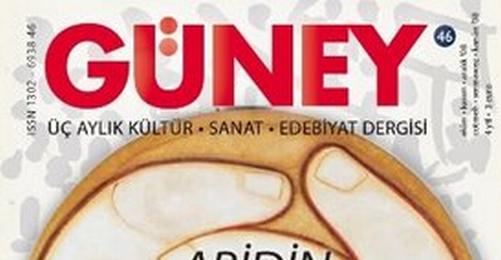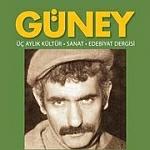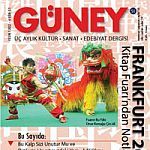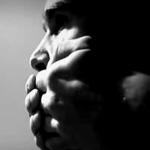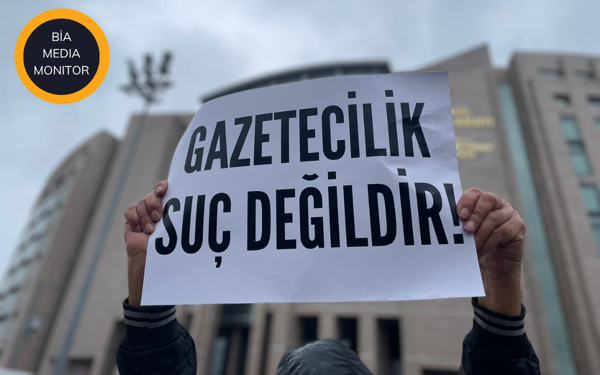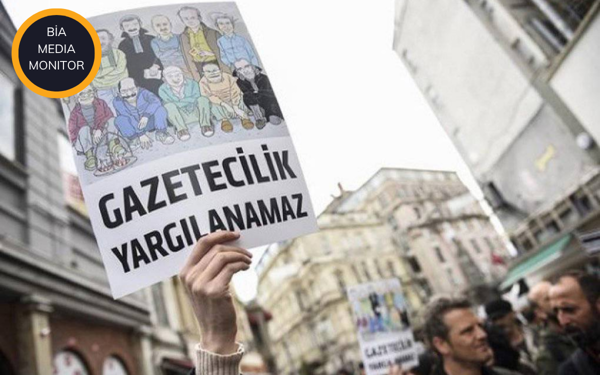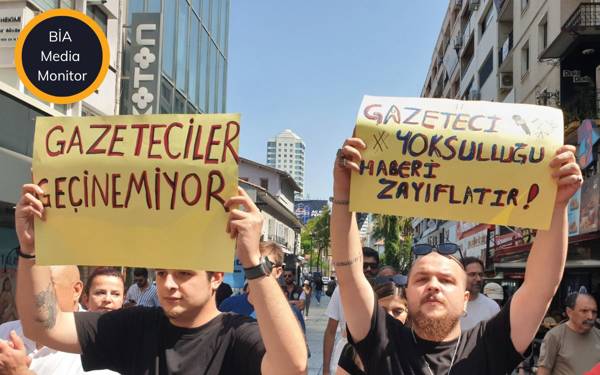Aziz Özer, editorial manager of the Güney magazine, is indicted for "spreading propaganda for the PKK organization", the outlawed Kurdistan Workers Party. The charges are based on the article entitled "The story of an incredible three-day resistance" written by Mehmet Söğüt and a short picture story called "The Judge" by Meray Ülgen.
The Public Prosecution of Mersin (eastern Mediterranean region) had carried out an investigation over both writers and editor Özer on the grounds of contents regarding the 51st issue of the magazine for January-February-March 2010.
Güney magazine: We will not compromise
However, the file was sent to the Büyükçekmece Prosecution due to a decision on lack of jurisdiction and was eventually forwarded to the Istanbul Public Prosecution. As a result of the probe, the Istanbul Public Prosecutor, Hakan Karaali, opened a trial against Özer on 11 May according to Article 7/2 of the Anti-Terror Law.
In a statement published in the magazine it was said, "The Güney Magazine, which takes sides with the classes of the oppressed and the workers, will not be intimidated by this sort of attack. The magazine will not take a step back and will not compromise on its line".
First hearing on 7 October
Özer has previously won cases against Turkey at the European Court of Human Rights regarding restrictions of freedom of expression. Now he faces imprisonment of up to 7.5 years once again on the grounds of the magazine writings. The first hearing is scheduled for 7 October.
The current charges stem from the article "The story of an incredible three-day resistance" published on page 24 of the issue dd. 21 January. It describes an armed conflict between security forces and a PKK member who got injured during the clashes from the perspective of the member of the organization: "The soldiers started to come down the opposite hill. The group in front of us will meet them... Hamit opened the fire so that the enemies do not come too close. Bullets were fired one after another. The guerrilla did not even raise their heads... The place the guerrilla stayed meant death for them. There was neither a rock to escape to nor trees to hide. The guerrilla next to Hamit was shot in his head and died. In a desperate attempt to save our lives, Hamit shot the ones coming in front... He put his gun on his head to commit suicide. He preferred to die instead of being caught by the enemy. I did everything to be worthy of my party. I can bear hunger, thirst and pain but I do not surrender... The tape was still running. It was installed for moral support. It played songs of resistance, 'on the way to revolution / obstructions must be overcome / chains on the mountains and in the plains must be broken / some of us fell, again and again I witnessed the cruelty of the enemy'. Witnessing their cruelty made me more determined in my struggle... I hope you will find me here dead or alive, because I do not want the enemy to get hold of my body".
On trial for "Niyazi Martyr" caricature
A caricature in the 98th issue of the magazine featured a grave stone with crescent and star and the name "Niyazi Martyr". The caricature is also subject of the trial since it was assessed as an "implication" that a security official who died in conflicts with the PKK "died for nothing", as "praise of force and violence" and "spreading propaganda for the PKK". (EÖ/VK)





